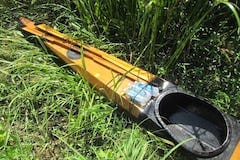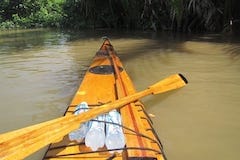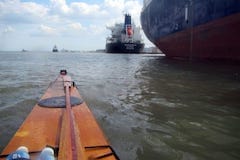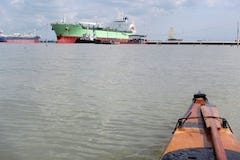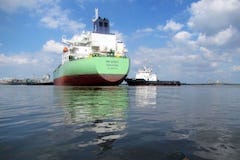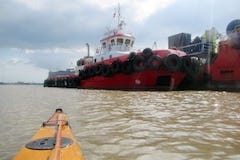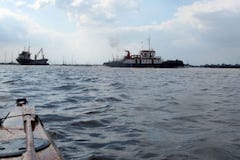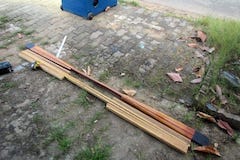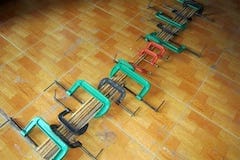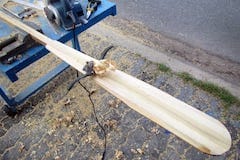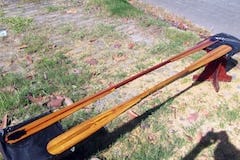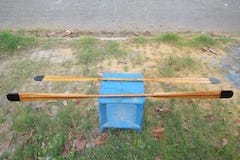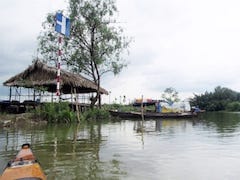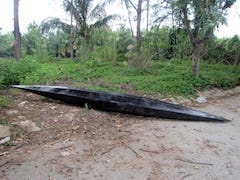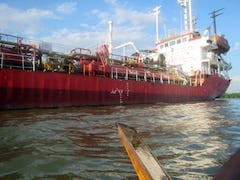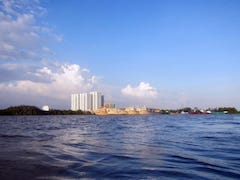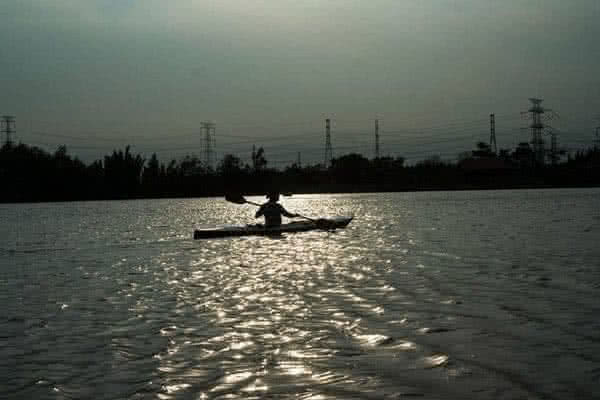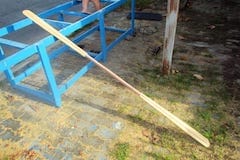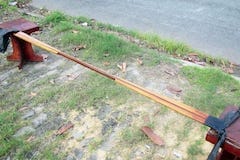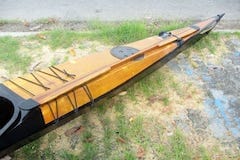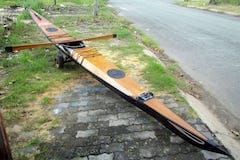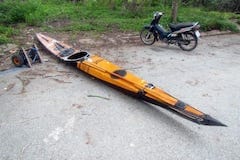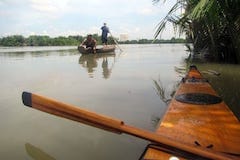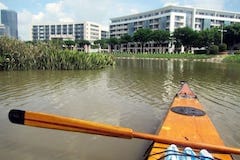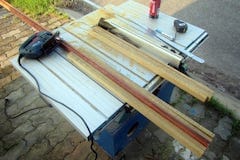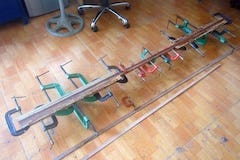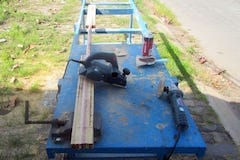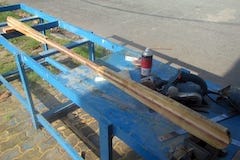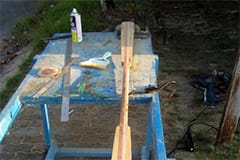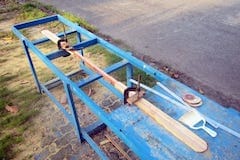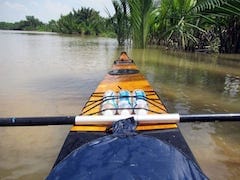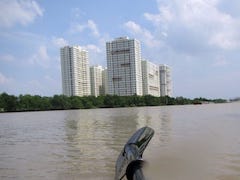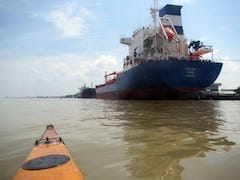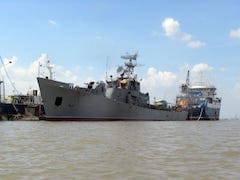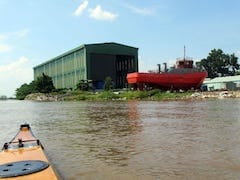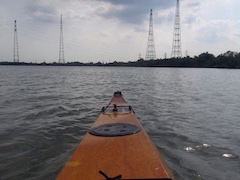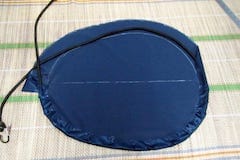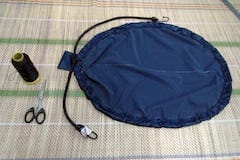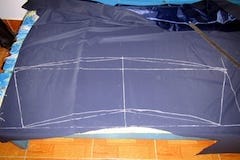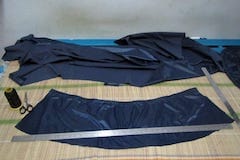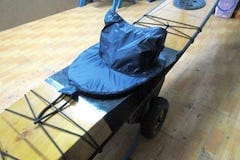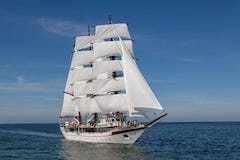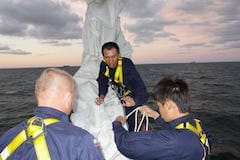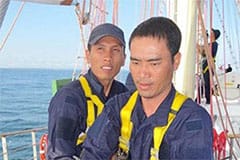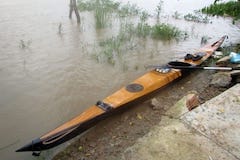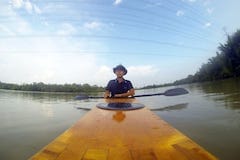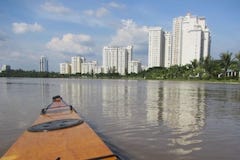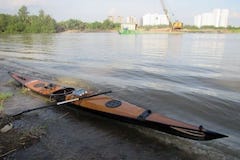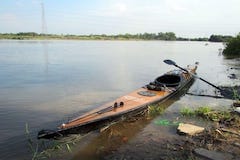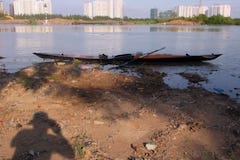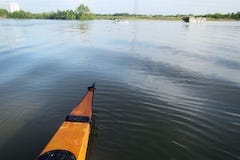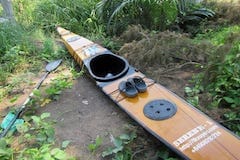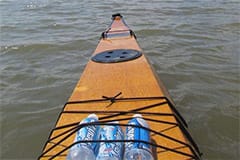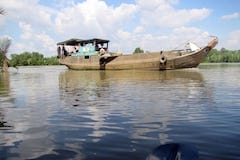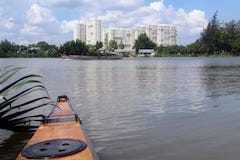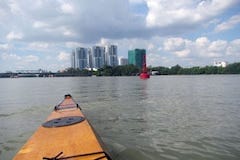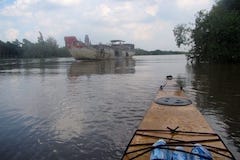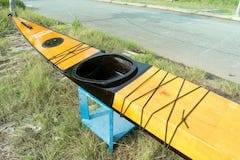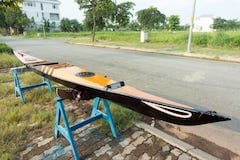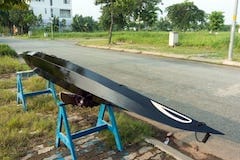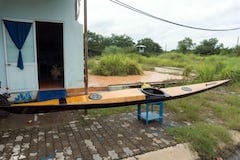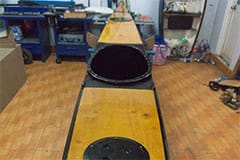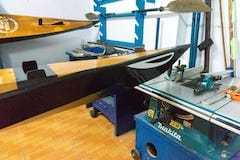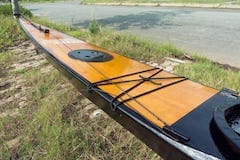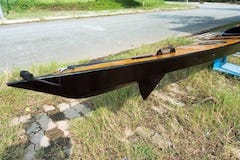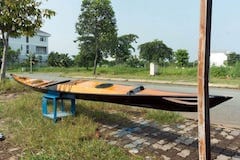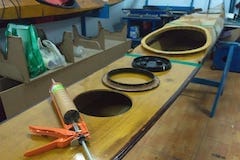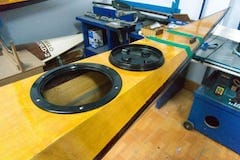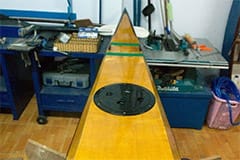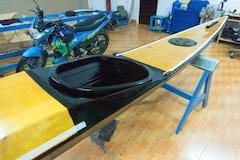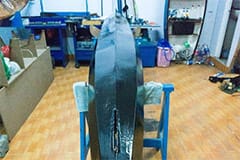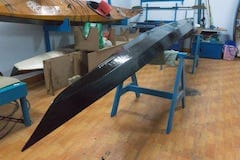Contrary to my initial thinkings, the second Greenland paddle has proved to be the most satisfactory. Despite its short length (190 cm), I’ve found it the best balance between length, blades’ width, weight and force. And that’s explainable, cause I have small arms and quite a short arm span, in body building, could be called a “bottom – heavy” type, my upper part is not too strongly built, unlike the lower part. And that has some advantages as well as some disadvantages in kayak paddling.
I could often balance the boat better in shaking situations, compared to the “top – heavy” type, but also, I usually find myself understrength when prolonged heavy paddling is required. Overall, I’m very pleased with my new pair of Greenland paddles, especially the second one. And that’s an attractive appearance, my boat with the two paddles, all of one same nice wooden style! On my paddling route, I usually meet and have some talks with the captain of a 2000 – ton dry – cargo vessel named UT Glory.
He proposed buying my kayak, and before I could make a polite refusal, he insisted: you know, price is not the problem!
. Well, at least someone who really want to have a nice little boat like her that much! It takes some moments choosing the right words to answer him, that I won’t gonna sell her, Serene – 1, my self – designed, self – built boat! And for sure, he wouldn’t be able to find anyone who could produce just a simple, hand – crafted kayak in Vietnam though, as far as I know.
Serene – 1 p1
Serene – 1 p2
Serene – 1 p3
Serene – 1 p4
Apart from some plastic, fiberglass kayaks used for “tourist attraction”, kayaking as a real hobby in Vietnam is virtually non – existent. That explains why the kayak – building, kayak market in VN is virtually zero, though designing, building one is not any big thing, I would say. Why so!?
Frankly speaking, I think VNese is busy drinking and talking bullshit! Seriously speaking, I think VNese has salt in their mouths, but no salt in their blood! Truly speaking, I won’t hope they would do anything besides trying to cheat someone for some dirty purposes! That’s all facts!

